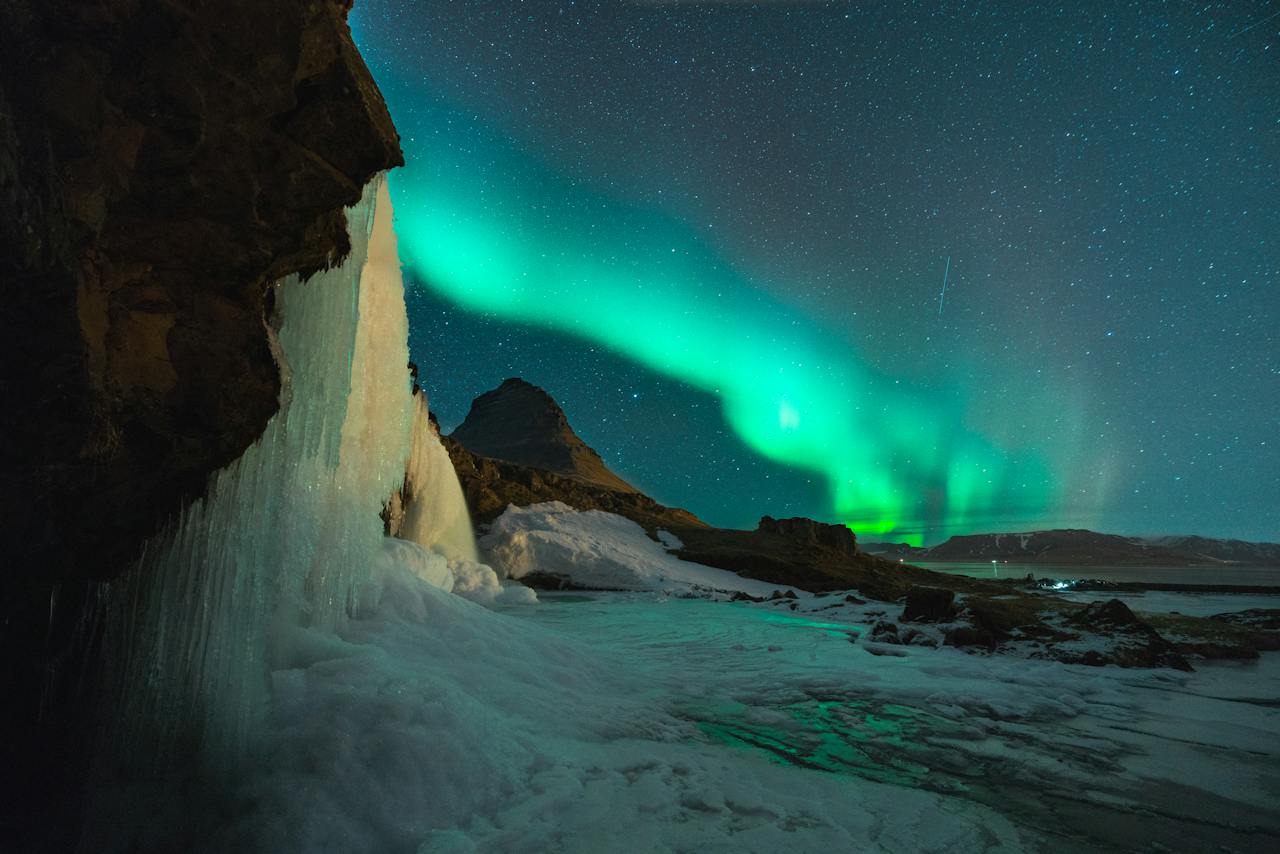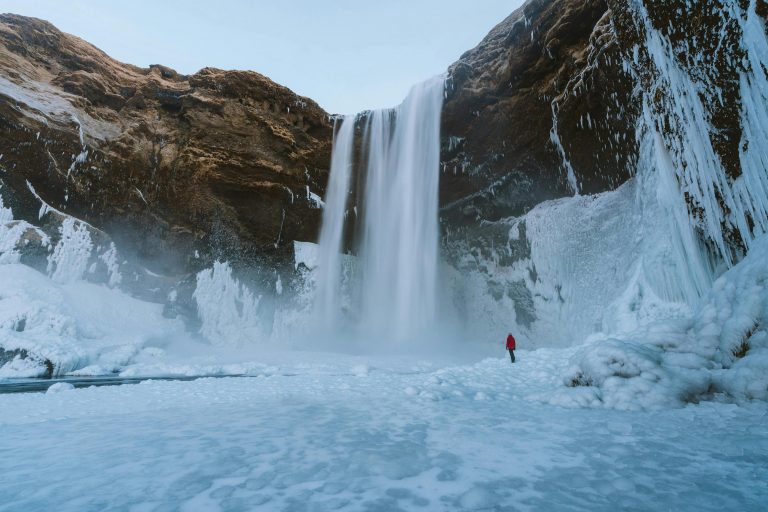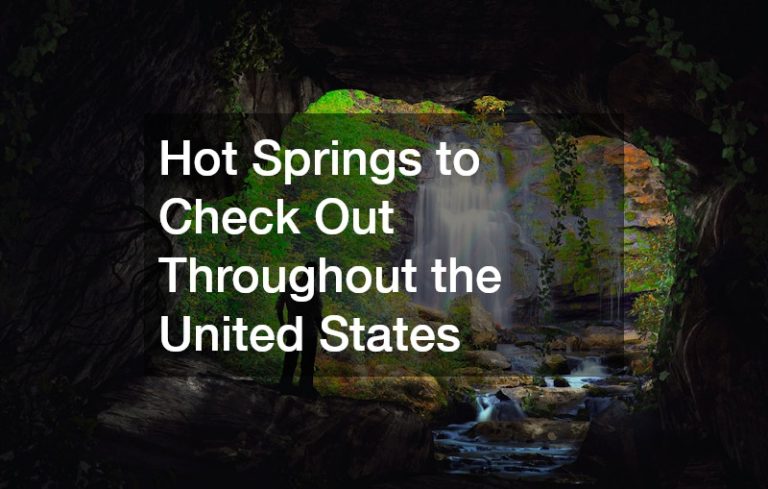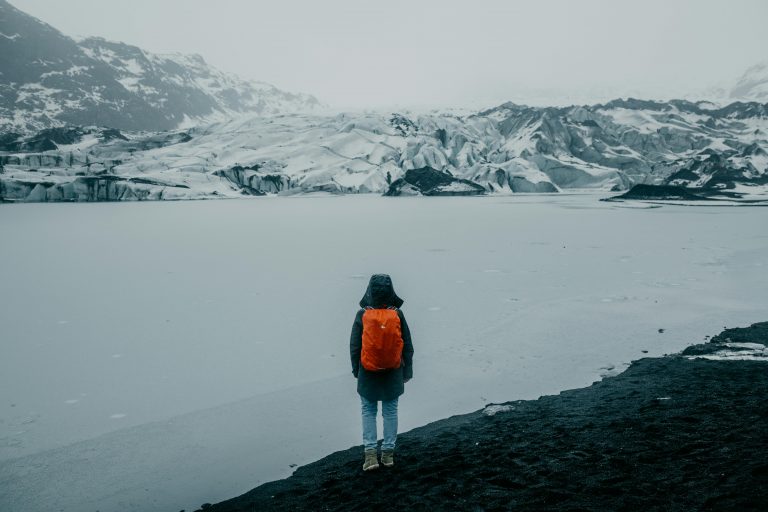Iceland, aptly named the ‘Land of Fire and Ice,’ is a popular destination among travelers, owing to its striking natural beauty and unique geographic features. It is home to some of the world’s most active volcanoes, geysers, hot springs, lava fields, and impressive glaciers. In 2019, Iceland welcomed over 2 million tourists, almost six times its population. This surge in tourism, up from just 459,000 in 2010, is a testament to Iceland’s rising popularity as a prime travel destination. Its capital, Reykjavik, attracts nearly 87% of its visitors, drawn by the enchanting Northern Lights, the famous Blue Lagoon, and the Golden Circle route that showcases some of Iceland’s most stunning landscapes.
Perhaps the most intriguing part of Iceland for tourists is finding out how the country experiences daylight, given its proximity to the Arctic Circle. You might question, “Does the sun set in Iceland?” That question alone is enough to spark your curiosity and make you want to learn more about this Nordic island country’s day and night phenomenon. Here is what travelers need to know about day and night in Iceland.
Does the Sun Set in Iceland?
Yes, the sun does set in Iceland, but the timing and duration can create a unique experience travelers need to plan for. Tourists must understand the sunlight pattern in Iceland as it significantly impacts their itinerary and activities. Iceland can have nearly 24 hours of sunlight or darkness depending on the time of year.
The sun barely dips below the horizon during the summer solstice in June. This extended daylight allows for round-the-clock activities and sightseeing, making every hour a potential adventure. However, travelers should be prepared to sleep in broad daylight, which may disrupt sleep patterns. Does the sun ever set in Iceland during those times? Only for about three hours a day, which is hardly enough to call it “night.”
On the contrary, during the winter solstice in December, Iceland at night experiences Polar Night, where the Iceland sun barely rises above the horizon. How many hours of daylight in Iceland? There might be only four to five hours of daylight. This limited daylight can restrict outdoor activities. However, it increases the chances of witnessing the magical Northern Lights.
Adapting to Iceland’s sunlight hours requires careful planning and some flexibility. It’s recommended to bring sleep aids like eye masks for the summer and to plan outdoor activities strategically during the winter. Understanding these unique sunlight patterns will ensure a fulfilling and enjoyable Icelandic adventure.
What is Iceland’s Midnight Sun?
The Midnight Sun is a truly astonishing and magical phenomenon experienced in Iceland, typically between late May and early August. This celestial event, which graces the skies of the Arctic and Antarctic regions, results from the earth’s axial tilt towards the sun during summer. The North Pole is angled towards our star during this time, meaning the sun does not set for about three months. In Iceland, this results in nearly 24 hours of daylight – a spectacle known as the Midnight Sun.
Now imagine the endless adventures you could embark on with virtually round-the-clock daylight! Summer nights under the Midnight Sun lend themselves to some truly unique experiences. Here are a few things you can do during this time:
- Hiking: Hiking under the Midnight Sun is an experience like no other. With daylight never-ending, you can explore Iceland’s stunning landscapes and hike some of its most famous trails, such as the Laugavegur Trail or Fimmvörðuháls Pass.
- Festivals: Summer in Iceland is marked by festivals celebrating local music, arts, culture, food, and sports. There is something for everyone, from Reykjavik’s Secret Solstice Festival to Akureyri’s Medieval Days.
- Golfing: Golfing in the middle of the night? Why not! Iceland has fantastic golf courses with stunning views to play under the Midnight Sun.
- Glacier Hiking: Iceland’s glaciers are a significant attraction for tourists, and Midnight Sun offers an opportunity to hike these massive ice caps under the surreal glow of the sun. You can try glacier hiking on Solheimajokull, Vatnajokull, or Skaftafell glaciers.
- Waterfall Tours: Tour Iceland’s many stunning waterfalls under the Midnight Sun, such as Seljalandsfoss or Gullfoss. The never-ending daylight will allow you to see their beauty from different angles and perspectives.
Music and art festivals are also a staple of the Icelandic summer, many of which are scheduled to coincide with the Midnight Sun. These events take on a new dimension under the sun’s glow that refuses to set, creating an experience you won’t find anywhere else. So, pack your bags and embrace the adventure that awaits you under the magical Icelandic Midnight Sun.
Do Iceland’s Winters Bring Endless Darkness?
The notion that Iceland at night means ‘endless night’ during winter stems from its proximity to the Arctic Circle. This geographical positioning results in an astronomical phenomenon known as the Polar Night. Polar Night means that areas north of the Arctic Circle (and south of the Antarctic Circle), including Iceland, experience an extended period of darkness during winter when the Iceland sun barely rises above the horizon.
Does Iceland get dark during winter, you might ask? Indeed, it does. The winter solstice, which occurs around December 21, marks the year’s shortest day. During this time, Iceland at night experiences nearly 20 hours of darkness, with the sun only making a brief appearance for about four to five hours. This limited daylight can restrict outdoor activities, but it also increases the chances of witnessing the ethereal Northern Lights, a spectacle of nature that is an absolute must-see.
This extended darkness results from the earth’s axial tilt away from the sun during winter. At this time, the North Pole is angled away from the sun, leading to reduced sunlight reaching areas closer to the pole. This is why there’s an extended period of darkness or ‘Polar Night’ in Iceland nighttime during winter, often causing the impression of ‘endless night.’ But rest assured, even during the darkest winter months, there is still a semblance of twilight around noon, offering a unique, serene, and mystical ambiance many travelers find enchanting. So, does it get dark in Iceland during winter? Yes, but the Icelandic winter darkness has a poetic and captivating charm.
Here are a few activities to enjoy during the Icelandic winter, where darkness takes on a whole new meaning:
- Northern Lights: The chances of witnessing the Northern Lights increase significantly during winter. Be sure to check out the forecast and go on a guided tour to catch this magnificent display of nature.
- Hot Springs: What better way to combat the cold than soaking in Iceland’s many natural hot springs? Winter is ideal for enjoying these warm, soothing pools under the night sky.
- Skiing: With over a dozen ski resorts in Iceland, winter visitors can hit the slopes and experience the thrill of skiing or snowboarding with stunning views of breathtaking landscapes.
- Ice Cave Tours: The magical ice caves formed by melting glaciers are a popular attraction during winter. Explore these magnificent natural wonders under the Icelandic winter darkness.
How Does Daylight Change with the Seasons?
Iceland’s daylight hours vary dramatically with the changing seasons due to its location near the Arctic Circle. The primary factor affecting the length of the day throughout the year is the tilt of the Earth’s axis about the sun.
During the summer months (June, July, August), Iceland sees the ‘Midnight Sun,’ a natural phenomenon where the sun is visible for close to 24 hours a day, with twilight from late May to early August. The solstice on June 21 is the longest day of the year, with nearly 24 hours of daylight in Reykjavik. This period allows for long days of exploration and numerous outdoor activities.
As fall (September, October, November) approaches, the daylight hours decrease. September brings approximately 12 to 16 hours of daylight, but by November, the daylight hours are reduced to 8 to 10 hours. This time of year is known for its beautiful autumn landscapes, and the darkness allows for the potential viewing of the Northern Lights.
Iceland’s winter months (December, January, February) are marked by Polar Nights, with the shortest day of the year occurring near the winter solstice on December 21. During this season, Iceland’s daylight hours in January are limited to around 4 to 5 hours, creating a unique and serene ambiance that many travelers find captivating. Despite the limited daylight, the winter season attracts tourists due to the increased chances of viewing the Northern Lights.
As spring (March, April, May) arrives, daylight increases again, reaching up to 13 to 20 hours per day by May. The spring months offer an excellent opportunity to experience the beauty of Iceland as it awakens from its winter slumber.
The dramatic changes in daylight throughout the year in Iceland necessitate careful planning for a trip to this intriguing island, allowing travelers to tailor their itineraries based on their interests and the specific experiences each season offers.
Can You Witness the Northern Lights in Iceland?
Yes, the Northern Lights, or Aurora Borealis, is one of the most awe-inspiring natural phenomena you can witness in Iceland. The spectacle of shimmering, dancing lights coloring the night sky in hues of green, blue, yellow, violet, and occasionally red is a sight that stays with travelers forever. The best time to see the Northern Lights in Iceland is during the dark winter months, from late September to late March when the skies are clear.
However, viewing these ethereal lights is subject to solar activity and atmospheric conditions. Remember that the Northern Lights are unpredictable, and there’s never a guarantee of seeing them, even if the conditions are favorable. Therefore, travelers should plan a longer stay to increase their chances of witnessing this natural spectacle.
Tips for Making the Most of Iceland’s Light
Being prepared is critical to making the most of Iceland’s unique light phenomenon. Here are a few tips to help travelers experience the best of what day and night in Iceland has to offer:
Tips for Travelers to Make the Most of Iceland’s Unique Daylight Patterns
- Research: Before planning a trip, research the time of year you visit and understand how daylight patterns affect your itinerary.
- Pack Accordingly: Be prepared for extended daylight or darkness by bringing necessary items such as eye masks, sunglasses, and appropriate clothing.
- Plan Outdoor Activities Strategically: In the summer months, plan outdoor activities during evenings or early mornings to avoid the crowds and make the most of daylight hours.
Best Times to Visit for Specific Experiences
- Summer (June-August): Best for extended daylight and outdoor activities such as hiking and festivals.
- Fall (September-November): Ideal for autumn foliage and the potential viewing of Northern Lights.
- Winter (December-February): Best for witnessing the Northern Lights, hot springs, skiing, and ice cave tours.
- Spring (March-May): Great for extended daylight, hiking, and experiencing Iceland’s awakening from winter.
Final Thoughts
Iceland’s unique location near the Arctic Circle dramatically changes daylight throughout the year. The Midnight Sun offers nearly 24 hours of sunlight during summer, while Polar Nights bring extended periods of darkness during winter. Embracing these unique patterns through careful planning allows travelers to experience the best of what Iceland offers, from Midnight Sun adventures to witnessing the elusive Northern Lights. So pack your bags and prepare for an unforgettable journey through day and night in Iceland. The adventure awaits!
FAQs
Does Iceland have a sunset?
Yes, Iceland does experience sunset, but the timing varies throughout the year. In summer, the sun sets just briefly, resulting in the Midnight Sun phenomenon. However, in winter, sunsets occur early due to shorter daylight hours.
Is it daylight all day in Iceland?
During the summer around the solstice, Iceland experiences nearly 24 hours of daylight due to the Midnight Sun phenomenon. However, light varies with seasons; winter days have significantly fewer daylight hours.
How many times does the sun set in Iceland?
In Iceland, the sun sets once daily, like in most places. However, the timing and duration vary. In summer, the sun sets briefly, while in winter, the sun sets early and rises late.
Is Iceland always dark in winter?
No, Iceland is not always dark in winter. Though daylight hours are significantly reduced, there are still about 4 to 5 hours of daylight around the winter solstice in December. The country experiences a dim light or twilight the rest of the time.









